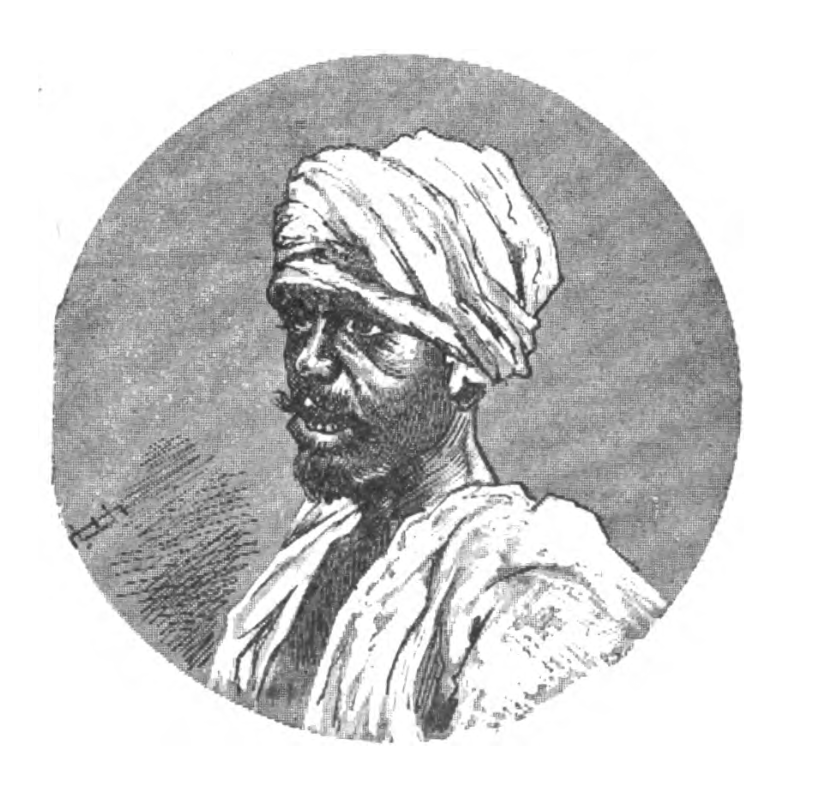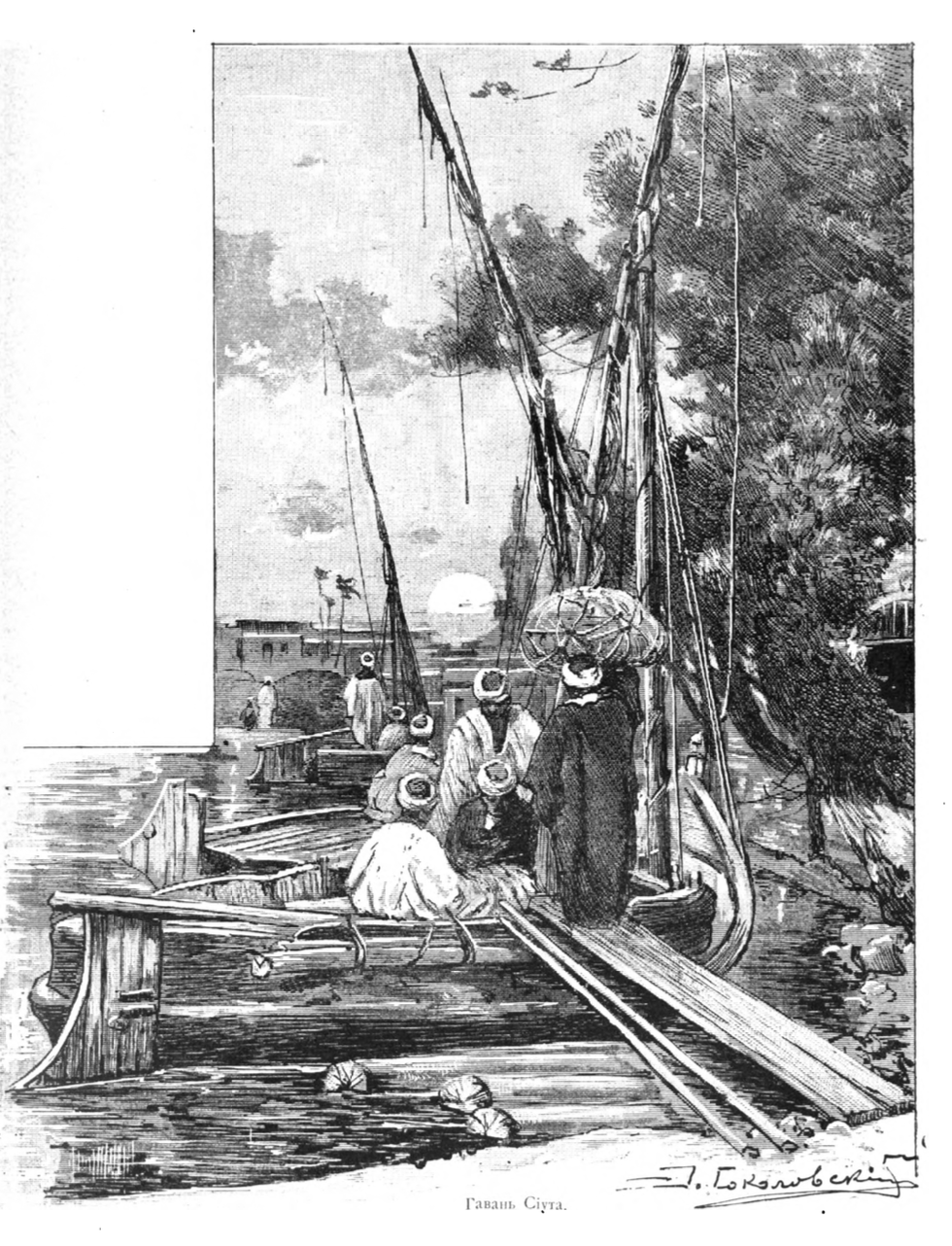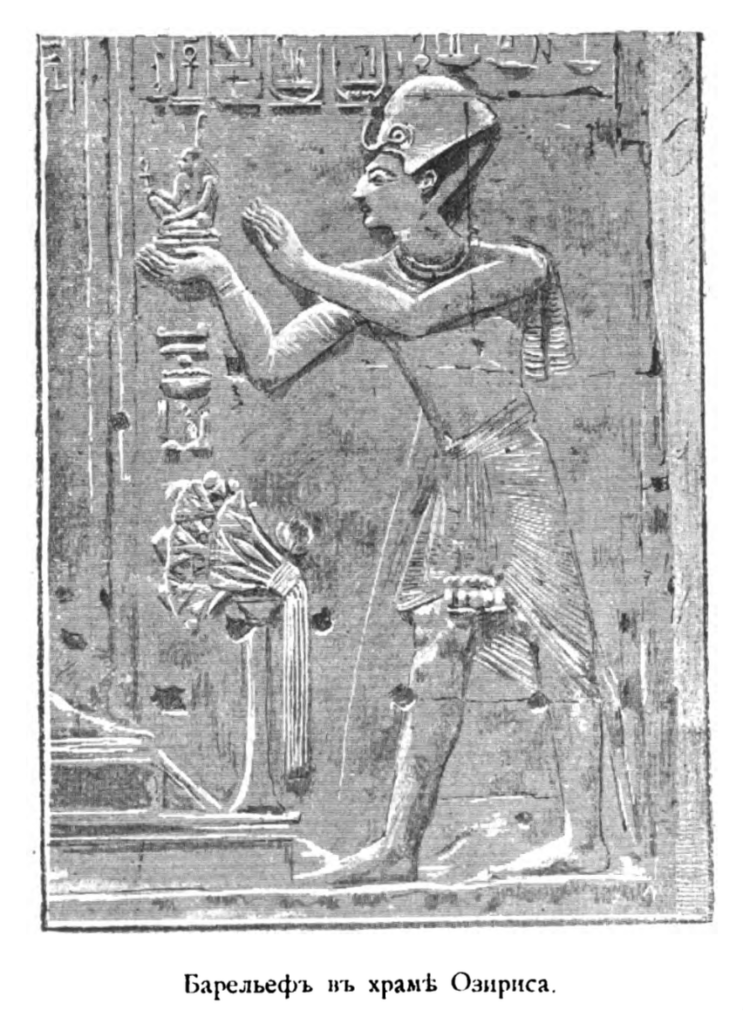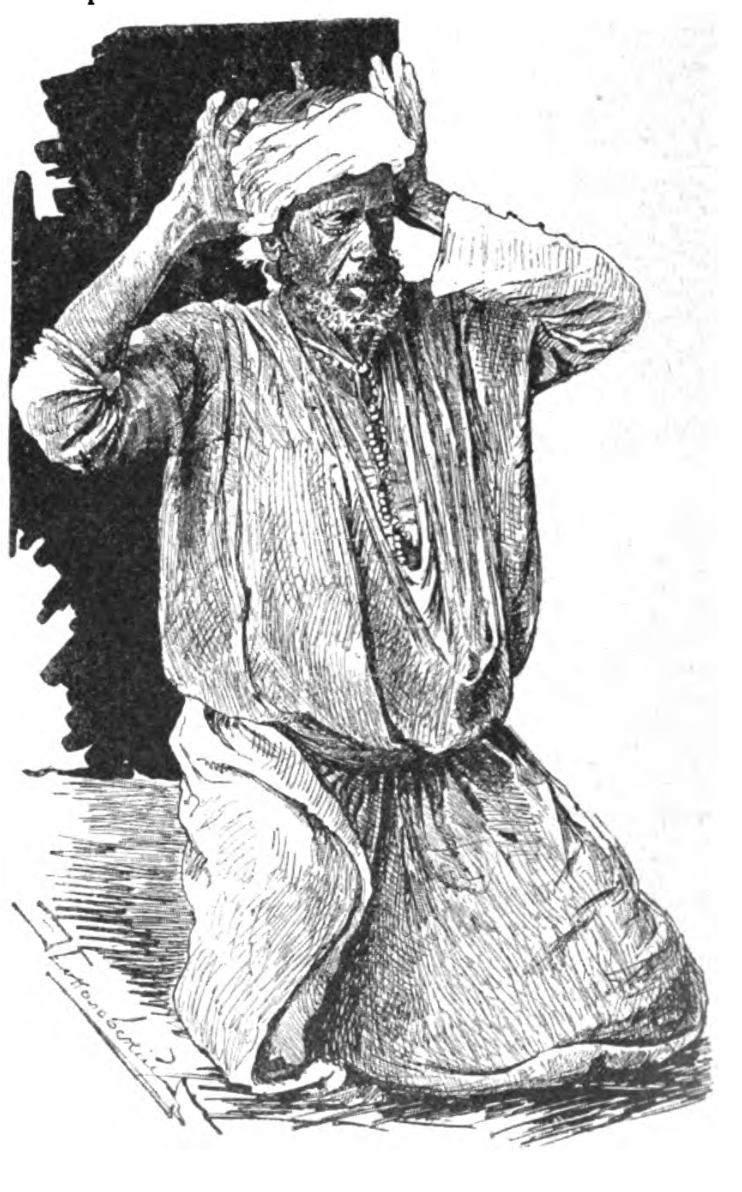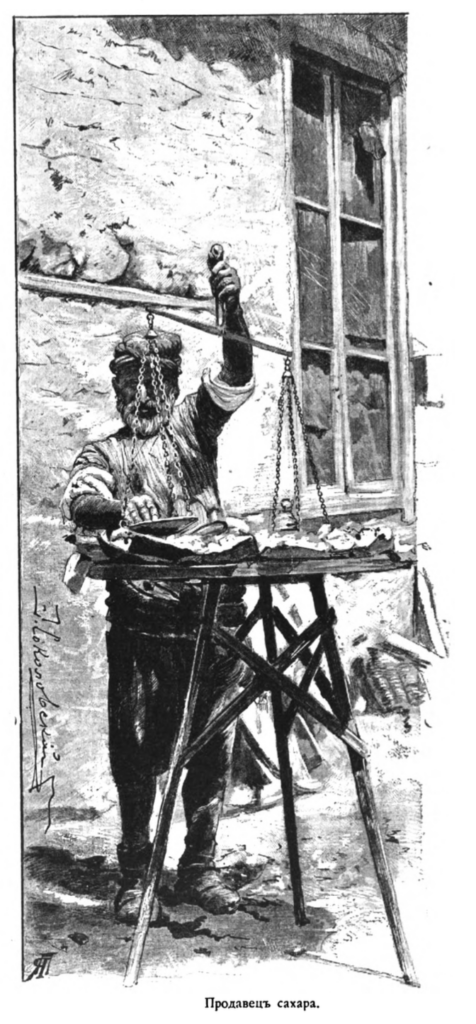Author
Eliseev, Aleksandr Vasil’evich (1858-1895)
Title
Po belu-svetu, II, Sankt-Peterburg 19042 (first edition: 1894)
Around the World
Keywords
Summary
The second volume of Eliseev’s travel notes is divided into thirty-two chapters, provided with illustrations by Nikolai Karazin and others. Chapters ten to seventeen are devoted to a trip through North Africa, starting in Alexandria and ending in Suakin, where the author crosses the Red Sea, reaching Jeddah. The journey starts in January 1883, when the author sails from Odessa to Alexandria. The city is however destroyed after the British invasion and the author reports a growing atmosphere of hatred towards the colonisers. The city is described as hardly recognizable, with once beautiful buildings completely destroyed. On the following day the author proceeds to Cairo, which he finds still impressive, though less chaotic. He then sails the Nile on a dahabeah boat and goes to Giza, admiring the lavish spring in Egypt, the nature, the fauna, the local villages. In chapter Two, the author stops by the mountain Jabal al-Tair and visits a copts’ monastery, The Monastery of the Virgin Mary, where the monks appear to the author very different from Western monks. In Minya he visits a party and observes local dancers. After several other stops, he visits the ancient ruins of the cities of Luxor and Thebes, the stone quarries of Gebel Silsileh and underground temples, Assuan and the Philae temple complex. Having bid farewell to his fellow travellers on the steamboat, he joins a caravan of pilgrims directed to Qena. The author recalls the experience of spending a night in the desert and, once in Qena, he sails on an Italian steamboat, which takes him to Suakin. The journey on the Red Sea is described as exhausting due to the heat and the humidity. The author observes that Suakin, where he spends an entire day, appears as a fairly rich city, but there is tension due to the potential conflict between the English rulers and the Sudan neighbours. On the next day the author sails to Jeddah.
Bio
Aleksandr Eliseev was a Russian doctor, traveller, and writer. Having served as a military doctor in Turkestan, the Baltic region, and Finland, Eliseev explored the northern regions of Russia, Finland, and the Urals. In 1881 he explored the Nile valley. In 1883 Eliseev crossed the deserts between the Nile and the Red Sea and travelled along the sea coast to Suakin, Massawa, and Aden. His most important journey to Africa began in 1884 from Tripoli. He travelled deep into the Sahara, crossed the Hamada el-Hamra plateau, but soon had to return to Tripoli. From there Eliseev went to Tunisia and visited the southern cities of Algeria, such as Constantine, Batna, Biskra. He also visited the oases of Ghadames, Touggourt, Ouargla, among others. In 1885 he went back to Algeria and subsequently returned to Russia. In 1893 Eliseev travelled to the Libyan desert, and in 1895 to Ethiopia, collecting anthropological, ethnographic and geographic material. He was a representative of the Palestine Society as physician at the military-medical department. Starting from 1878, he extensively described his travel experiences publishing them in Russian periodicals. For his contributions to geographical and anthropological research in Africa, the Russian Geographical Society awarded Eliseev with a silver medal.
Sources
M. Rait, Russkie ekspeditsii v Efiopii v seredine XIX-nachale XX vv. i ikh etnograficheskie materialy, “Afrikanskii etnograficheskii sbornik”, 1956, 1, p. 220-281;
M. Zabrodskaia, Russkie puteshestvenniki po Afrike, Moskva 1955;
B. Val’skaia, Vklad russkogo geograficheskogo obshchestva v izuchenie Afriki, “Strany i narody Vostoka”, 1969, 9, p. 5-18;
M. Gornung, I. Oleinikov, Geograficheskoe izuchenie Afriki v Rossii, in Izuchenie Afriki v Rossii (dorevoliutsionnogo perioda), ed. by A. Davidson, G. Nersesov, Moskva 1977, p. 30-71;
M. Zabrodskaia, Puteshestviia A.V. Eliseeva po Sakhare (1881-1893 gg.), “Strany i narody Vostoka”, 1987, 25.
M.E.
Gallery
